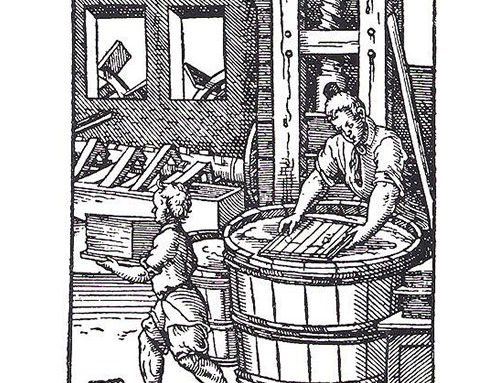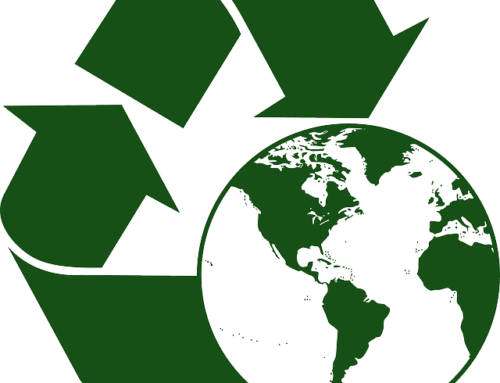The history of the recycling symbol.
It all started from a contest held by the Company Container Corporation of America (CCA) as a separate event for the first Environment Day in 1970. The CCA was back then the largest paper recycling industry. The competition was aiming at students and students of fine arts departments and focused on one design – a mark that would symbolizes the process of recycling and would appear in the recycled products of the particular company. Over 500 designs were submitted and the prize went to Gary Anderson, a student of the Department of Fine Arts at the University of Southern California. The design of the three arcs in a circular course based on the discovery of August Ferdinand Mobius, mathematician of the 19th century. A strip of paper folded once and united at the edges, forms a continuous one-angle, one-sided surface. That is why the recycling symbol is referred also as “circle of Mobius”. Gary Anderson said in an interview in May 1999 in trade magazine Resource Recycling:
“The symbol was designed as of film Mobius, to symbolize the continuity within a finite entity. I used the arrow keys to give direction to the symbol. Envisioned by the tip of the triangle at the bottom. I wanted to combine the dynamic (things change) and the static (a static equilibrium, something permanent). Arrows as open as it is, revert back to the static side”.
Later, the original design was improved by Anderson Bill Lloyd, the director of public relations of CCA. He peaked the lines and spun symbol to the center to see the outline of a tree (spruce). The CCA wanted to maintain its symbol as a trademark, but finally ceded it to public use.
At the ’70s, the American Forest & Paper Association (AF & PA) began to promote the use of the mark in order to describe the recyclable and the paper from recycled products. Its use has spread rapidly and now it is used in other products, such as glass, plastic, aluminum, etc.
Although there are many who are unaware of the difference it has been also observed the use of a similar design.
The only difference is the alternative rotation of one of the arrows of the symbol. The origin of this version is unknown.
The most impressive in all this is, that a geometric shape, a product of a purely mathematical research of the 19th century’s mathematician Augustus Ferdinand Mobius (1790-1868), has now become a global symbol.
The original plan of Anderson evolved, so we now have various versions that correspond to specific categories:
1. Symbol for recyclable products consisting of materials suitable for recycling.

2. Symbol for recycled products consisting of materials that are recycled.

The filled circle with the white arrow is the symbolizes the products which are made of 100% of recycled material. When a full circle with the white arrows contains a number in proportion to its center, this means that the product consists of some percentage of recycled material and this number indicates the percentage.
There is also the white circle filled with arrows and black circular outline used to symbolize recycled products in general.
Today, all of these symbols can be met in various colors. It is observed that the notation it is not followed so strictly, so the symbols are often used alternative and randomly.





Leave A Comment